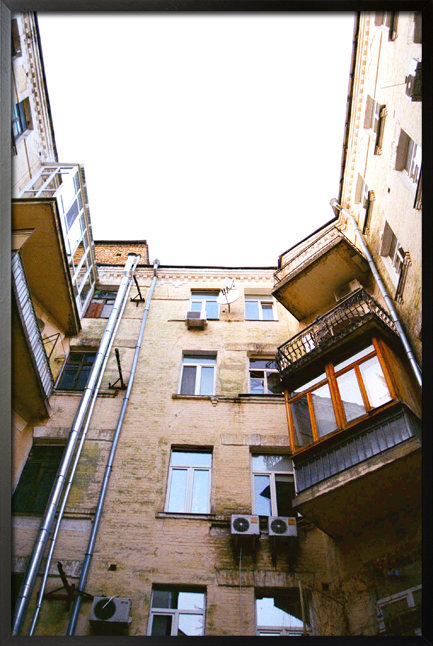
An architectural design that will make any room look attractive. This trendy poster is an awesome print that will add life to your interior. Get the chance to bring a wonderful architecture to your room and make it look stylish.

An architectural design that will make any room look attractive. This trendy poster is an awesome print that will add life to your interior. Get the chance to bring a wonderful architecture to your room and make it look stylish.
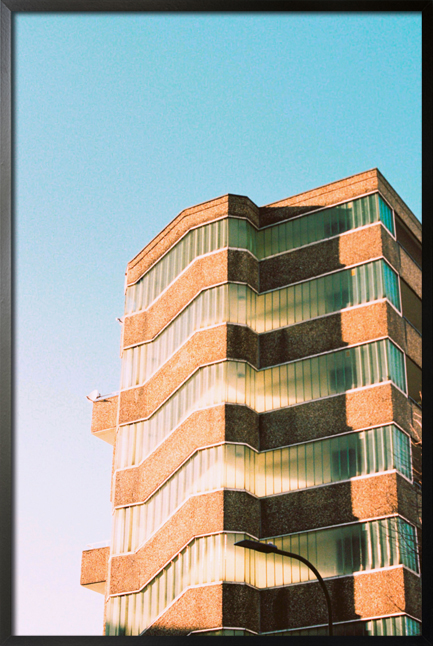
An interesting architecture in poster art that will add beauty to your rooms. The display of this poster is one of the easiest and convenient ways to make any room look vibrant. The cool and fantastic image captures the beauty of modern architecture with a classic touch. Make your home look impressive with a focal point that will capture the attention of your family and guests.
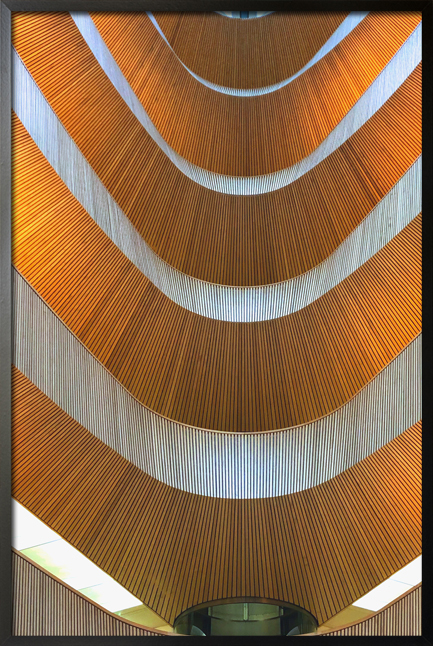
An architectural design that will make any room look attractive. This trendy poster is an awesome print that will add life to your interior. Get the chance to bring a wonderful architecture to your room and make it look stylish.

An attractive photograph of the symbol of Christianity. This poster print is a wonderful decor that will add an accent to your wall. A majestic architecture that will create a beautiful room interior. Display this poster in your room and add life to your home.
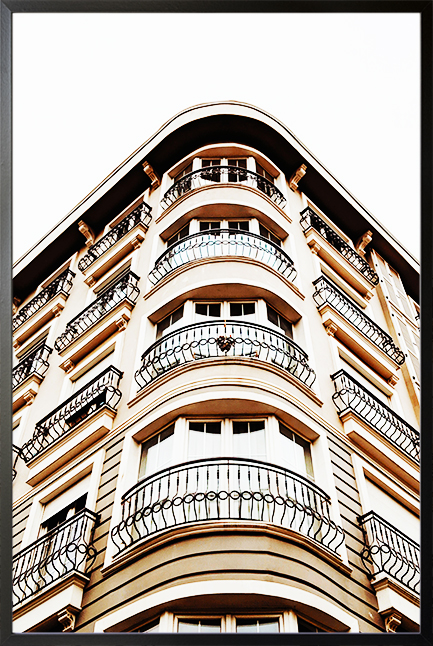
Impressive architecture as seen from the bottom. This is a poster art that will add style and character to your home. Upgrade your walls with trendy and affordable posters from artdesign.
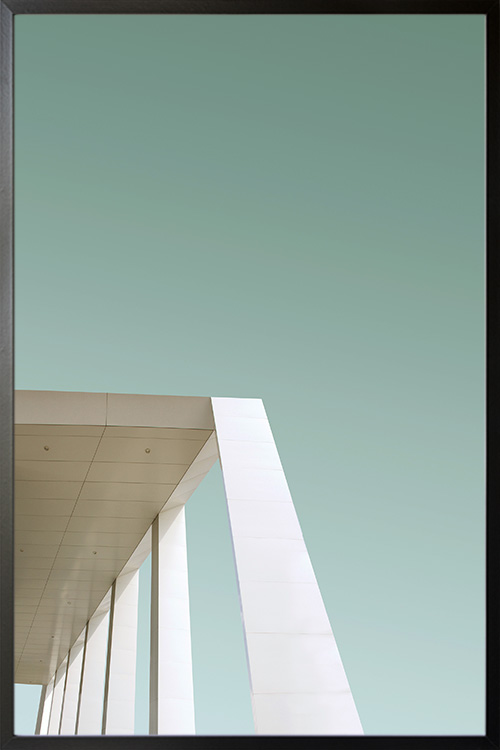
Awesome view of architecture in cool and muted colors. This poster art will add style to your home and perfect if you are planning to incorporate a Scandinavian or minimalist interior design style.
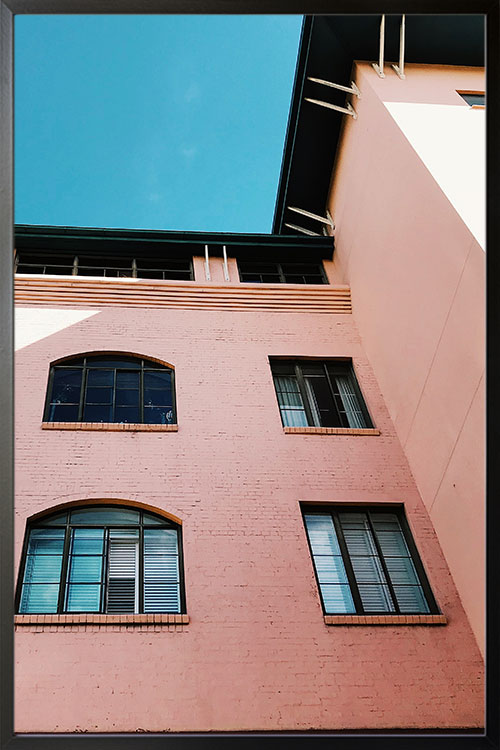
Magnificent architecture of a house as seen from the bottom. A cool poster that will make a wonderful accent on your walls. Display this art anywhere in your house and be able to set a vibrant and lively atmosphere that will be enjoyed by the whole family.
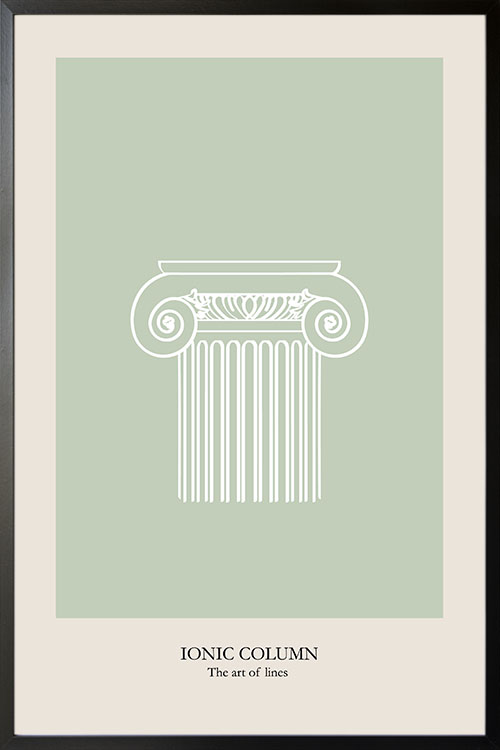
Ionic columns are another style builders used in ancient Greece. It is also one of the five classical orders of architecture. It is more slender and has a scroll-shaped ornaments on the capital that is located at the top of the column shaft.
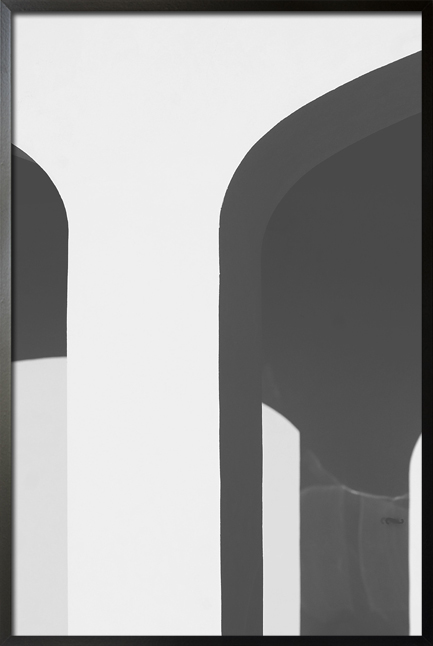
A beautiful image of an architecture that will add life to any dull and boring wall. Display this in the bedroom, living room, or dining room and create wall art that will captivate the hearts of anyone who sees it.
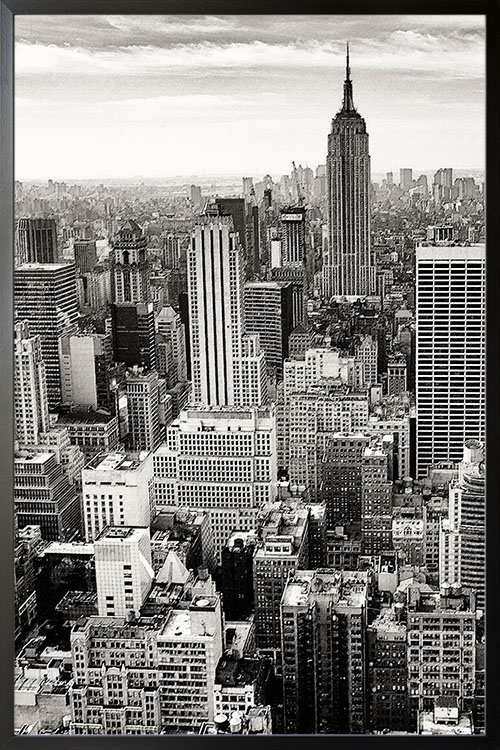
An aerial view of the Empire State Building in black and white. A fantastic aerial view of the city of New York, highlighting the majestic buildings. Seen is the tallest which is the Empire State Building. A poster design perfect for displaying architecture on your walls. The black and white colors add sophistication to the overall appearance of you room.